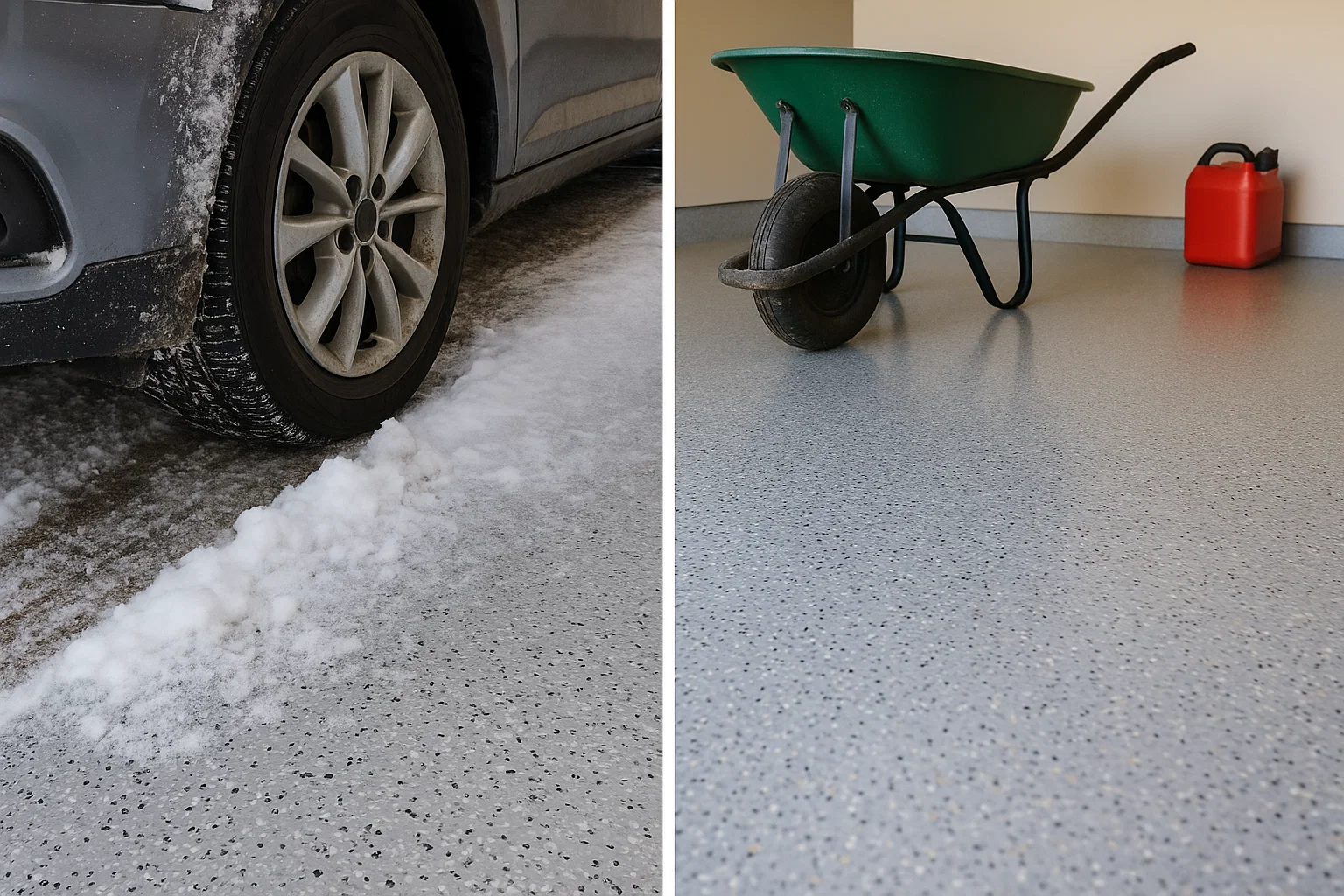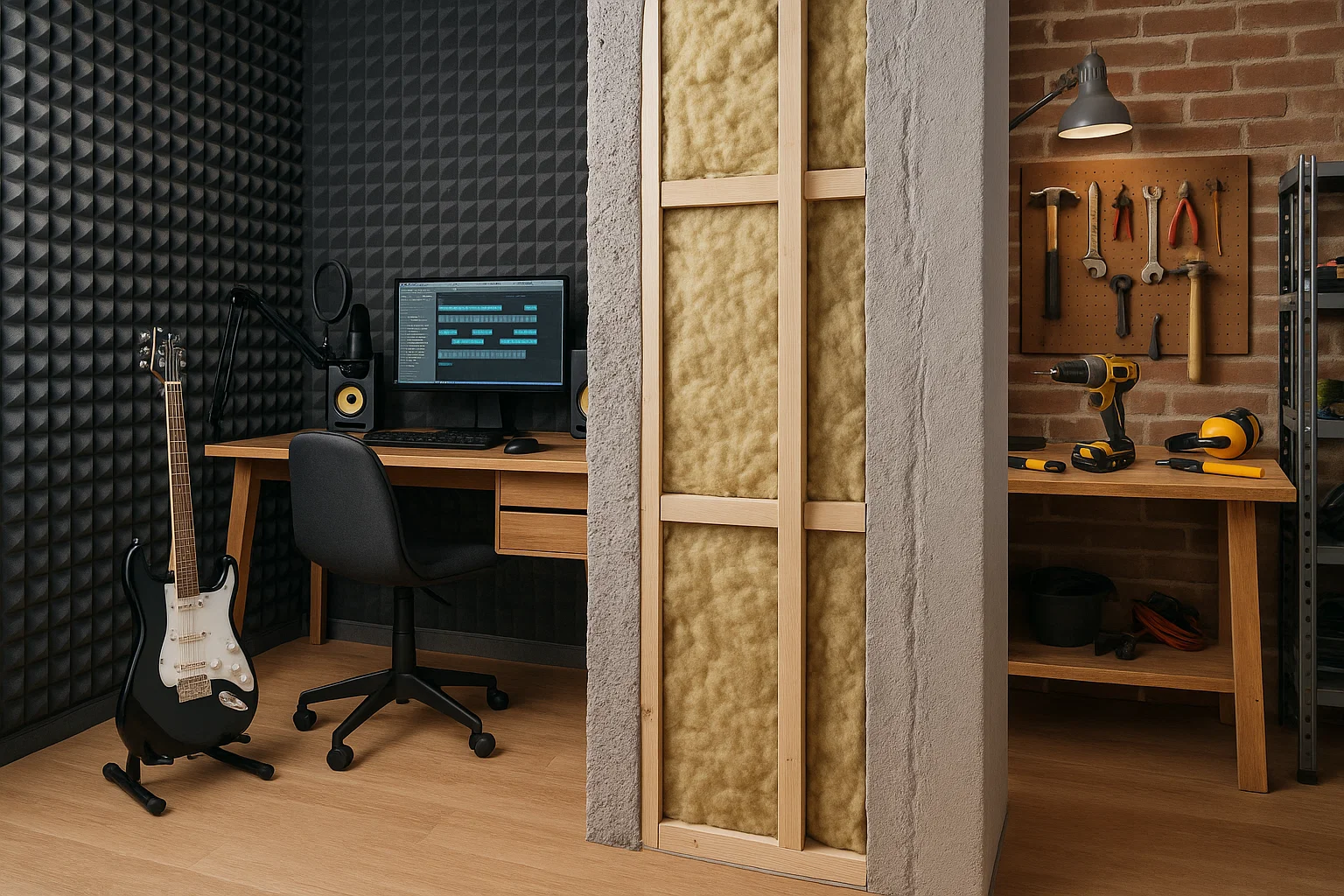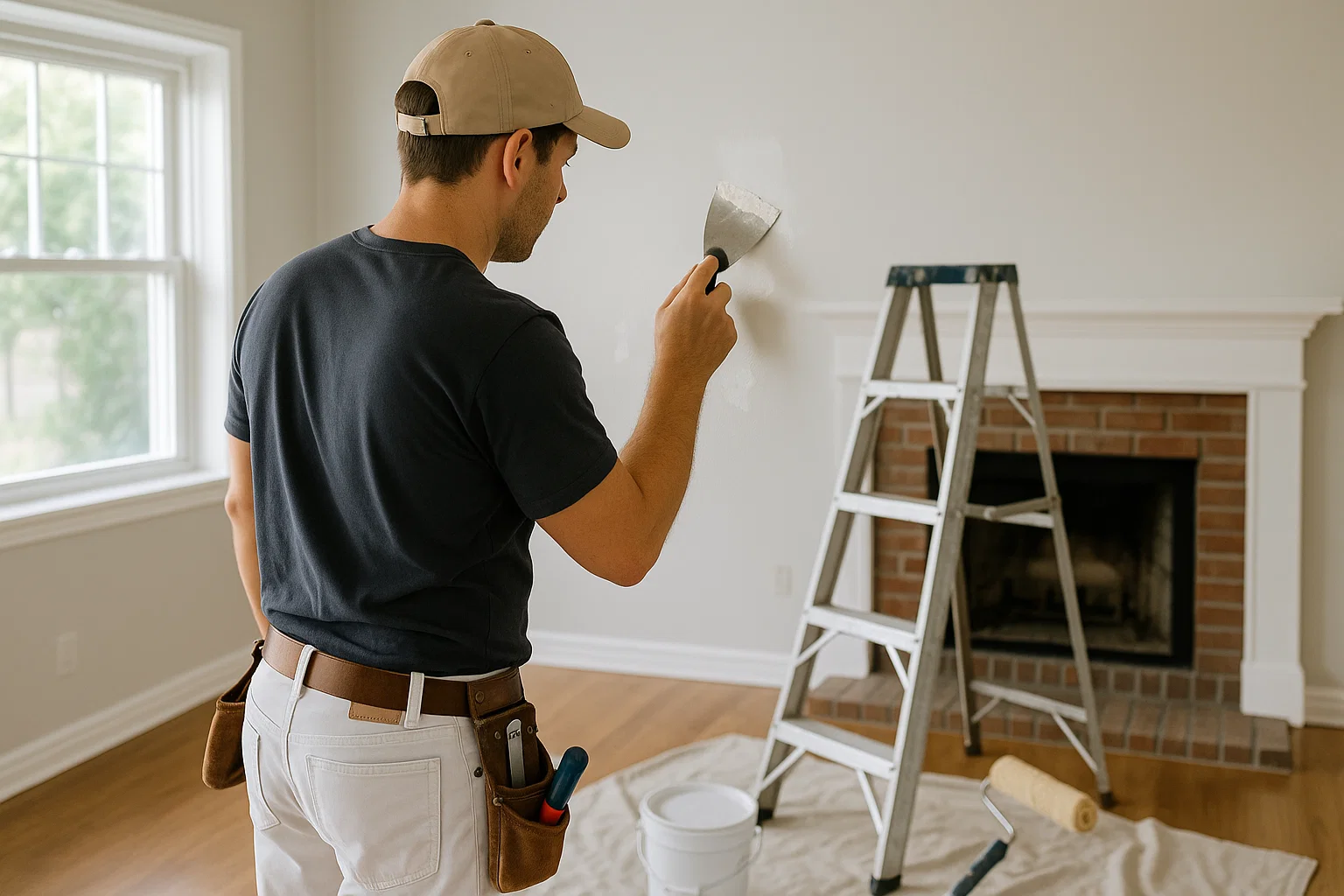Your garage floor endures extremes few other surfaces face: gritty road salt in winter, scorching sun in summer, oil drips year‑round. Even the toughest floor coatings can wear prematurely if they aren’t cared for seasonally. With the right routine—simple cleanings, protective treatments, and timely inspections—you’ll extend the life of your epoxy, polyaspartic, or tile floor and keep it looking sharp through every freeze and heatwave. In this guide, we’ll walk through the essential steps for winter and summer garage floor maintenance, helping you safeguard your investment and avoid costly recoats down the road.
Winter Prep: Neutralizing Salt and Moisture
Road salt and snowmelt bring corrosive elements right into your garage. Without proper care, salt crystals embed in micro‑pores, and moisture seeps into cracks, causing flaking or delamination.
- Preemptive Sweeping and Dust Control
As soon as you step into the garage after a snowy day, grab a stiff‑bristle push broom or a snow‑blower attachment to clear salt, slush, and grit. Sweeping daily during winter storms prevents abrasive particles from grinding into your floor finish. - Warm‑Water Rinse
After the initial sweep, rinse the floor with warm water from a mop bucket or a garden hose (if the garage drains properly). Warm water dissolves salt more effectively than cold, lifting it away before it can damage the coating. - pH‑Neutral Cleaning Solution
Mix a gallon of warm water with a few ounces of pH-neutral floor cleaner—avoid harsh degreasers or vinegar solutions, which can dull epoxy and wear down sealants. Mop the floor in sections, then rinse again with clean water to remove all residue. - Thorough Drying
Use a squeegee or a wet/dry shop vacuum to remove standing water. Salt‑moisture mixtures left to sit will penetrate tiny cracks and edges. A completely dry floor minimizes freeze/thaw damage and preserves adhesion.
Mid‑Winter Inspection: Catching Damage Early
Once winter is in full swing, schedule a quick inspection every few weeks:
- Check for Hairline Cracks: Use a bright flashlight at floor level to spot new fissures where salt or water could enter.
- Monitor Seam Integrity: In modular tile or interlocking systems, look for lifting edges or loose seams. A simple re‑snap or slight adhesive touch‑up keeps tiles flat and protective.
- Examine Drainage Points: If your garage has floor drains, ensure grates are free of debris. Blocked drains cause pooling and accelerate coating wear.
Promptly address any minor damage—filling cracks with a compatible floor filler or re‑sealing seams—so small issues don’t become large peeling zones when spring arrives.
Spring Rinse‑Out: Resetting Your Floor
As temperatures climb and snowbanks melt, give your garage floor a deep spring cleaning to remove residual salt and winter grime:
- Power‑Wash (If Permitted)
A light, low‑pressure power‑wash can blast away stubborn residues from textured coatings or grout lines. Keep the nozzle at least 12 inches away from the surface to avoid gouging the finish. - Degrease and Degrease Again
Winter often means more vehicle traffic and oil drips. Apply a biodegradable degreaser, scrub with a brush, and rinse thoroughly. Repeat if needed until the floor looks uniformly clean. - Neutralize Stains
For rust or salt‑stain rings, use a gentle floor-safe stain remover according to manufacturer instructions. Always test in a small, inconspicuous area first. - Reapply Sealant (If Recommended)
Some epoxy and polyaspartic coatings benefit from a yearly sealant refresh. A thin topcoat restores shine and adds an extra barrier against coming months’ heat and humidity.
Summer Defense: Guarding Against UV and Heat
High summer temperatures can soften certain floor coatings and intensify UV fading in garages with sun‑splashed windows or open doors.
- Limit Direct Sunlight
Use reflective window film or install weatherproof drapes to reduce UV exposure. Even semi‑translucent films can cut down on heat and prevent slight discoloration over time. - Cool‑Water Mopping
On hot days, use cool water to clean rather than warm or hot. Excessive heat plus warm water can expand small fissures and make sealants tacky, attracting more dirt. - Check Expansion Gaps
Flooring materials can expand in heat. Inspect any visible joints or seams—if you see buckling or warping, remove debris from seams and re‑level tiles or re‑secure edges. - Touch‑Up Coating
In direct‑sun areas where the finish appears dull or faded, apply a thin maintenance coat of UV‑resistant sealer. This protects against heat‑related softening and helps the floor repel dust.
Equipment & Storage Tips for Every Season
- Store Clean Tools Indoors: Dirty brooms or mops can reintroduce grit and moisture when used later. Rinse and hang tools after each use.
- Place Mats at Entrances: Encourage family and guests to wipe shoes before fully entering. A rubber mat traps dirt and salt at the threshold.
- Use Floor Protectors: If you move heavy items in summer—like gardening equipment—use furniture sliders to prevent gouges.
Ready to give your garage floor the professional seasonal care it deserves? Top Tier Building Services offers specialized maintenance packages — seasonal clean‑outs, resealing, and damage repairs — to keep your floor pristine all year. Book your seasonal garage service today!
FAQs
Q1: How often should I reseal my epoxy garage floor?
A1: Generally once every 12–18 months, depending on traffic and exposure. UV‑resistant sealants may extend this to two years.
Q2: Can I use a leaf blower to clear winter salt?
A2: Yes, if you sweep first to loosen debris. A leaf blower helps remove fine particles but won’t replace a thorough mop.
Q3: Is pressure washing safe for all garage floors?
A3: Only on durable, non‑wood surfaces like epoxy or sealed concrete. Keep pressure below 2,000 psi and maintain a safe distance.
Q4: What’s the best product to neutralize salt stains?
A4: A 50/50 mixture of warm water and isopropyl alcohol often dissolves salt rings effectively. Rinse thoroughly afterward.
Q5: How can I prevent mold under my garage floor coating?
A5: Ensure proper drainage, seal cracks promptly, and use a moisture barrier or underlayment when installing in damp areas. continuous ventilation helps, too.
Conclusion
Seasonal care—simple yet consistent—protects your garage floor from winter’s corrosive salt and summer’s relentless heat. By incorporating routine sweeps, targeted cleans, timely inspections, and strategic sealant refreshes, you’ll preserve both functionality and appearance. Whether you drive in snow boots or flip‑flops, your garage floor will stand strong, offering a durable, stable surface for all your projects and storage needs.
Ensure your garage floor thrives in every season.
Contact Top Tier Building Services for expert maintenance and seasonal care in Castro Valley and the Bay Area.
📞 510‑566‑4906 │ ✉️ sales@toptierbuildingservices.com





